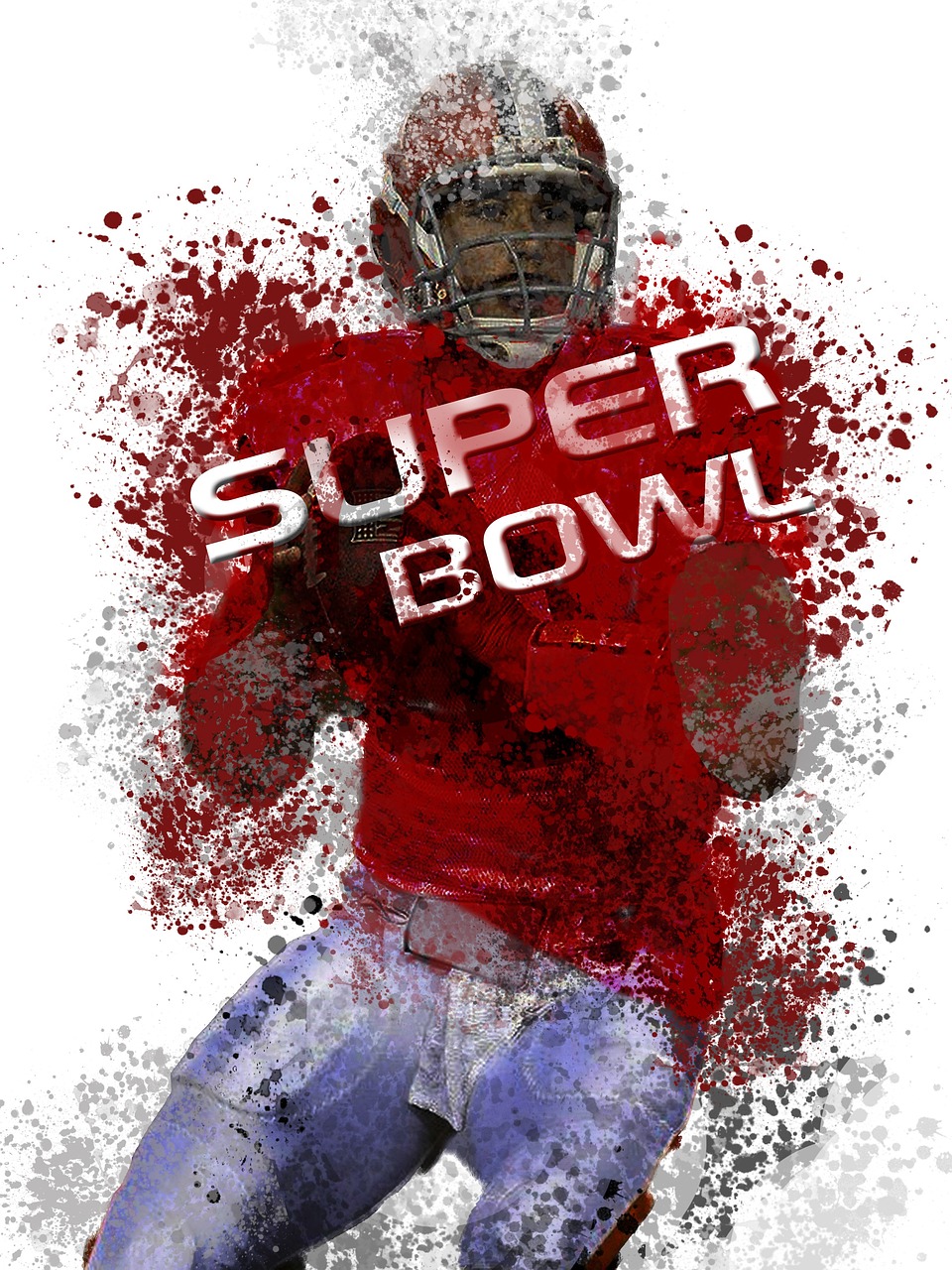
Christmas, a holiday celebrated by millions around the world, has evolved over the centuries from a religious observance into a secular celebration of joy, goodwill, and family. The holiday’s history is rich and complex, combining ancient traditions, religious significance, and cultural changes that have shaped its modern form. From its humble beginnings as a religious festival to the global phenomenon we recognize today, Christmas is a story of adaptation, transformation, and universal celebration.
The Early Origins of Christmas
The story of Christmas begins long before the birth of Jesus Christ. The origins of many Christmas traditions can be traced to pre-Christian winter solstice celebrations, which marked the longest night of the year. In ancient Rome, for instance, the festival of Saturnalia (held in mid-December) was a time of feasting, gift-giving, and revelry. Similarly, in northern Europe, various pagan cultures celebrated the winter solstice with festivals that honored the return of the sun, which was believed to bring new life and hope for the coming year. These festivities often involved decorations, feasts, and acts of charity—elements that would later become integrated into Christmas traditions.
The idea of a midwinter celebration was not unique to Europe; many cultures worldwide observed the changing of seasons with festivals honoring deities associated with the sun, renewal, and light. These celebrations, in their various forms, set the stage for the Christian holiday that would later be established on December 25th.
The Birth of Christmas as a Christian Festival
While Christmas has its roots in earlier traditions, it was the Christian church that officially established December 25th as the day to celebrate the birth of Jesus Christ. The exact date of Christ’s birth is not known, but it was likely chosen by early Christians to coincide with existing pagan festivals, such as the Roman Saturnalia and the birthday of the sun god, Sol Invictus. This was a strategic decision that allowed Christianity to spread more easily by incorporating familiar elements of existing pagan celebrations.

The first recorded celebration of Christmas on December 25th took place in Rome in 336 AD during the reign of Emperor Constantine. The holiday was initially a religious observance, focusing on the Nativity of Jesus. Christians celebrated with church services, prayers, and feasts, emphasizing the birth of Christ as the incarnation of God in human form.
Throughout the Middle Ages, the celebration of Christmas grew in popularity across Europe. The church introduced various customs, such as the singing of carols and the staging of Nativity plays, to highlight the religious significance of the holiday. However, Christmas was still largely a solemn occasion, focused on piety rather than revelry.
The Evolution of Christmas Traditions
As Christianity spread, so did the Christmas tradition. By the 12th and 13th centuries, Christmas was becoming more festive, particularly in northern Europe. The practice of decorating homes with greenery, such as holly, ivy, and mistletoe, became common. The use of these plants was linked to ancient pagan traditions, where they were believed to have magical or protective powers, but they were now repurposed to symbolize eternal life and the hope brought by Christ.
One of the most significant changes in Christmas traditions occurred during the 16th century. The Protestant Reformation, led by figures like Martin Luther, rejected the elaborate ceremonies of the Catholic Church but still sought to preserve the spirit of Christmas. Luther himself is often credited with popularizing the Christmas tree. He is said to have been the first to bring a tree indoors and decorate it with candles, symbolizing the light of Christ. This practice spread throughout Germany and beyond, eventually becoming a central part of the holiday celebrations.
The Rise of Commercial Christmas
By the 19th century, Christmas was evolving from a strictly religious observance to a more secular, family-oriented holiday. This shift was influenced by several factors, including the rise of the middle class, the spread of print media, and the industrial revolution. One of the most influential figures in this transformation was Charles Dickens. His 1843 novella A Christmas Carol played a pivotal role in reshaping the public perception of Christmas. The story of Ebenezer Scrooge, who learns the importance of generosity and goodwill, reinforced the values of charity, kindness, and family that would come to define modern Christmas celebrations.
At the same time, Christmas became more commercialized. In the early 19th century, the tradition of sending Christmas cards began in England, with the first commercially produced cards appearing in 1843. The practice spread quickly across the world, adding a new dimension to Christmas traditions. As mass production techniques advanced, retailers began to recognize the potential for Christmas as a time for gift-giving, and it became common for stores to offer special holiday sales.

Perhaps the most iconic figure associated with Christmas today, Santa Claus, also emerged in the 19th century. Santa’s origins are complex, drawing from various sources, including the Dutch legend of Sinterklaas, British Christmas traditions, and the jolly St. Nicholas. The modern image of Santa Claus, as a plump, cheerful man in a red suit, was popularized by the Coca-Cola company’s advertisements in the 1930s, solidifying his place as a central figure in Christmas celebrations.
Christmas in the 20th and 21st Centuries
As Christmas continued to grow in popularity, it became more globalized. In the 20th century, the holiday began to take on new meanings and forms in different cultures. While many countries maintained the religious significance of Christmas, others focused more on the secular aspects, such as family gatherings, decorations, and the exchange of gifts. In many parts of the world, Christmas became a holiday celebrated by people of all faiths and backgrounds.
Today, Christmas is a complex and multifaceted holiday. For some, it is a deeply religious occasion, centered around the celebration of Jesus Christ’s birth. For others, it is a time for family and friends to come together, exchange gifts, and enjoy festive meals. Regardless of the way it is celebrated, Christmas continues to be a time of joy, generosity, and reflection, drawing on centuries of history and tradition to create a holiday that is beloved around the world.
Conclusion
The history of Christmas is a fascinating journey that reflects the blending of religious and cultural influences, from ancient solstice festivals to the modern-day global celebration we know today. Over the centuries, the holiday has undergone countless transformations, adapting to the changing social, cultural, and religious landscape. From its beginnings as a religious observance to its current status as a joyful and widely-celebrated holiday, Christmas remains a powerful symbol of hope, love, and goodwill—a celebration that unites people across the world.




